After class on August 26th, a few of us headed into the Ringstrausse district for lunch followed by checking out the Jewish Museum. Being our last week of school, we felt it was necessary to see the Jewish museum before leaving Vienna and it felt especially relevant after visiting Mauthaussen a few days early. The Jewish Museum consisted of three floors. On the first floor was an exhibit of Jewish memorabilia, including 10,000 objects that are either cultural or religiously relevant to Judaism. The collection was accumulated by Max Berger, who was the sole survivor of the Holocaust in his entire family. He collected from 1945-1988 in commemoration to his family, and out of support for his religion which lost millions of people to the Holocaust. The exhibit is called "Remembrance Renewal Installation" and serves both a religious and artistic function with collectibles from both Austria and Hungary. Berger came to Vienna in the 1950's after losing his entire family to the Holocaust and set out to collect Judaica memorabilia from Jewish life, culture, and religious traditions. Berger bequeathed the collection to the Jewish Museum for all to see and appreciate.
The second floor has two exhibits: one on Jewish sports stars, and one on famous Jewish artists. I decided to spend my time in the art exhibit, which was called "Modernists on the Run." The exhibit featured 24 different Jewisg artists from all different mediums including: painters, sketch artists, photographers, architects, and fashion photographers and designers. The one thing all these artists have in common is that each and every one of them fled to France during the early stages of World War II to live in exile and continue working in their various fields while preserving their Viennese culture and pride. Georg Merkel, Willy Eisenschitz, and Lily Steiner are examples of three artists in particular who accumulated fame and prestige among French culture during their days of exile. I learned that Paris became the political, intellectual, and aritstic center of the Austrian emigre community. Of all the artists featured in the exhibit, only one permanently returned to Vienna after the war. Many stayed in France while some left for America, Switzerland, or other parts of Europe.
The third floor of the museum contained a modern, hologram exhibit displaying the impact of the Jewish people on Vienna, since their first presence in the area. There were many different holograms of images, each with a quote on the floor in front, and with an audio-guided description. Some of the important contributions to Vienna that I discovered included that Jewish businessmen helped fund the building of St. Charles which is a huge attraction and influential characteristic of the Karlsplatz area, the famous ferris wheel at the Prater which has become famous and is an incredibly popular landmark was built by Gaber Steiner in 1897. In 1937, at the age of 80 years old, Steiner was forced to sell his beloved ferris wheel to the city, and was exiled from the country for being Jewish. I also learned that there were 180,000 Jews in Vienna before the Holocaust and now, over 60 years later, there are only about 10,000 and are referred to as "the last of the saved." To end my description of the Jewish museum, I want to include a quote that seemed incredibly relevant and memorable:
"Nowadays...when they demand that we don't forget the past, by "the past" they mean only the concentration camps- and under no circumstances should we recall the celebrated scholars, writers, priests, and statesmen who created the climate in which the builders of the gas chambers were able to flourish"
- Ludwig Marcus
Basically, what I took away from my tour of the Jewish Museum is that from the artists, to the athletes, to the academics, businessmen, artists, writers, and religious or political leaders, Vienna suffered a great loss from the exilement and extermination of it's Jewish community during World War II. The exhibits I looked at opened my eyes to how influential the Jewish community once was, and how much a part of Vienna's origins and the city that Vienna is today can be attributed to the Jewish people. Many of the buildings that characterize the Ringstrausse were financed by Jewish businessmen, and countless other aspects of Vienna would not be the same without this community of people who have contributed to the city's evolution over a course of hundreds of years.
After the Jewish Museum, Kelsey, Lindsay and I headed over to a theatre near our classroom for a late-afternoon showing of "The Third Man". This British film noir took place in post-war Vienna and was released in 1949. It was directed by Carol Reed and filmed almost entirely in the ruins of post-war Vienna. During this time, the city was occupied by the allies and divided into four sectors occupied by the British, American, French and USSR. It was incredible to see Vienna in such a state of ruin- buildings were unrecognizable in crumbled heaps after being bombed, the city gave off an eerie, deserted vibe, and most of the shots were filmed at night and from different angles to add a unique style to the film. The main character is an American author of western-fiction novels (Martins), and is in search of his old and dear friend (Harry Limes) who was supposedly killed on the day of his arrival. Martins sets out to investigate the suspicious death of his friend, Harry and discovers that there are holes in the story of Harry's death. Martins works with Harry's girlfriend, Anna to discover the truth, and finally learns that Harry is in fact alive, but faked his death to escape prison. The movie takes the viewer all around the city of Vienna where we saw the famous ferris wheel at the Prater, and many landmarks around the Ringstrausse and Hofburg. I personally enjoyed the movie very much and found it to be both gripping and historically relevant to what we are studying. It was also interesting to see the dynamics of the four groups of allies as they occupied the city and how they worked together as well as conflicted in their different styles of governance.
Wednesday, September 10, 2008
Subscribe to:
Post Comments (Atom)
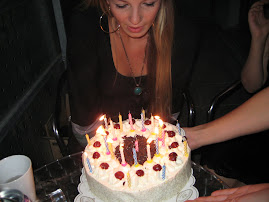

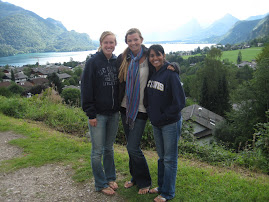
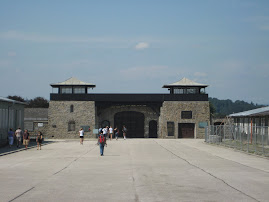
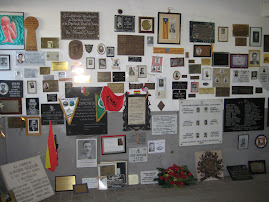
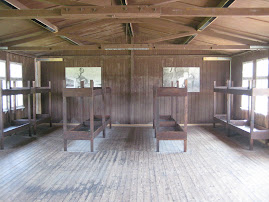
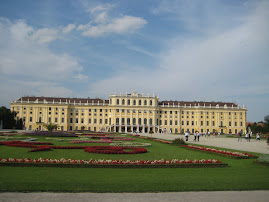
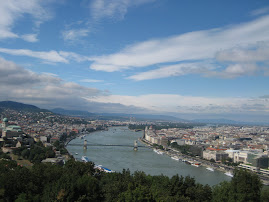
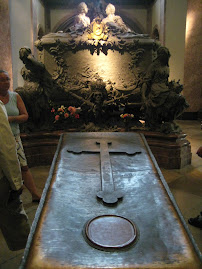
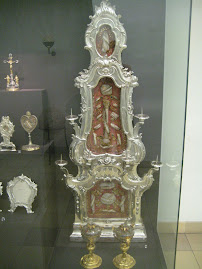
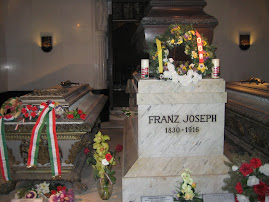

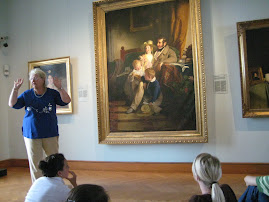
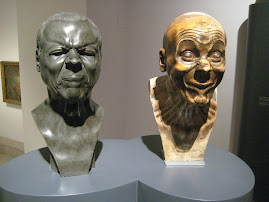
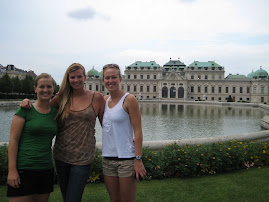
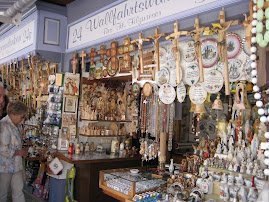
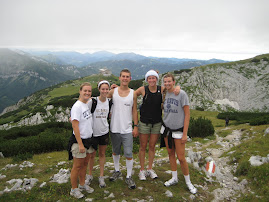
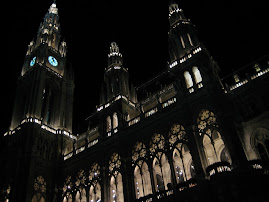
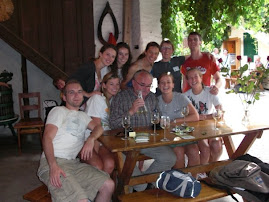
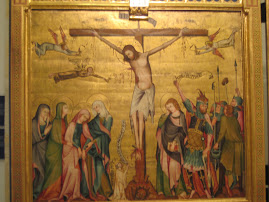
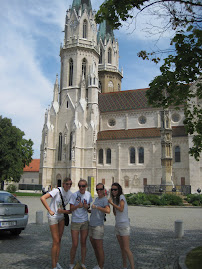
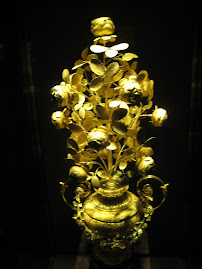
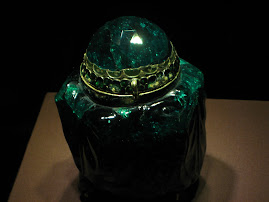
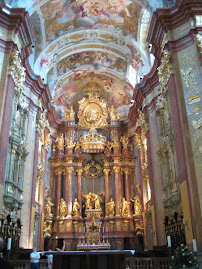
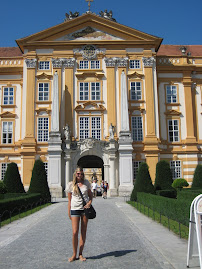
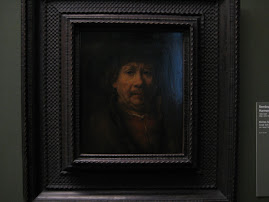
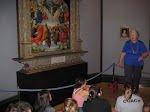
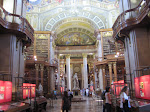
No comments:
Post a Comment